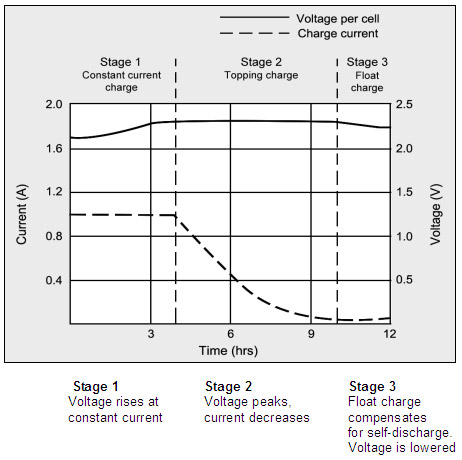Hi All,
So after seven years on the OEM battery the 330 was starting to lose it's kick when starting. I just replaced mine with the Wal-Mart Everstart 94R battery. There was some confusion (at least in my mind) as to whether it was an exact replacement... it is.
Paid $77 for the battery plus a $9 core charge. The battery is made by Exide, although that can vary based on market. It comes with a three year replacement warranty and is rated at 730CCA vs 640CCA. There was no specific reserve capacity rating on the Everstart battery, but I have to guess it's similar. The only noticable difference, other than color, is the vent hole is off center by about an inch and a half. This does not affect vent tube attachment, there is plenty of slack in the tube to attach. This battery also had the little holes for the red cover to fit into.
This particular battery is made by Exide. BTW, read an interesting article that Johnson Controls owns Varta, who makes the OEM BMW batteries.
I've posted some pictures below comparing the two.
Hope someone finds this useful...
A
So after seven years on the OEM battery the 330 was starting to lose it's kick when starting. I just replaced mine with the Wal-Mart Everstart 94R battery. There was some confusion (at least in my mind) as to whether it was an exact replacement... it is.
Paid $77 for the battery plus a $9 core charge. The battery is made by Exide, although that can vary based on market. It comes with a three year replacement warranty and is rated at 730CCA vs 640CCA. There was no specific reserve capacity rating on the Everstart battery, but I have to guess it's similar. The only noticable difference, other than color, is the vent hole is off center by about an inch and a half. This does not affect vent tube attachment, there is plenty of slack in the tube to attach. This battery also had the little holes for the red cover to fit into.
This particular battery is made by Exide. BTW, read an interesting article that Johnson Controls owns Varta, who makes the OEM BMW batteries.
I've posted some pictures below comparing the two.
Hope someone finds this useful...
A





